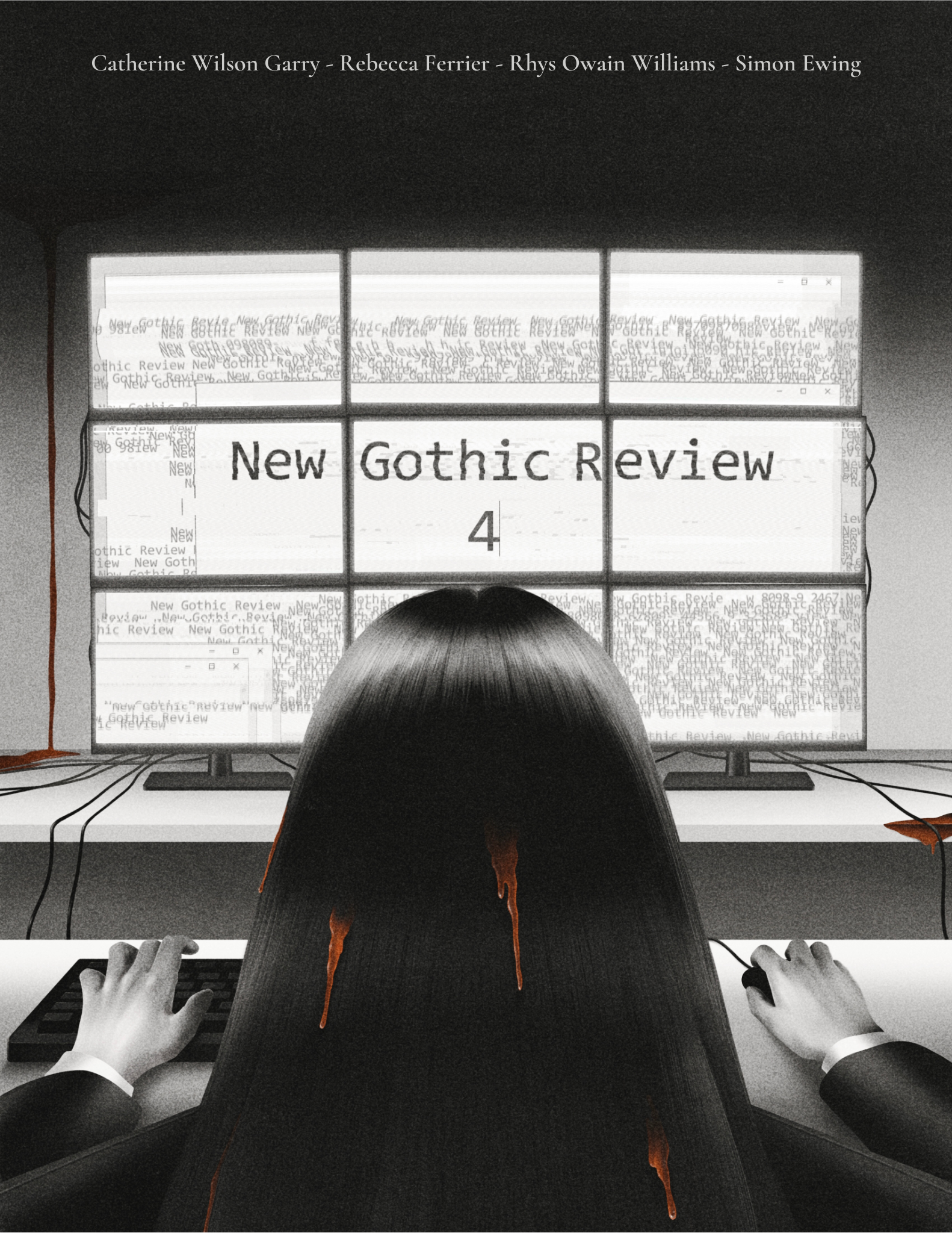
Alanna Smith is a Boston-based copywriter by day and an M.F.A. candidate at Emerson College by night. After receiving her B.A. in creative writing from Providence College, she moved to Nepal, where she spent nine months teaching English and creative writing on a Fulbright grant. Her novelette about Jersey Shore vampires, The Bloody Pub, was recently published in Blind Corner Literary Magazine. You can follow her on Instagram @alanna.travels.
We often feel that some of the best gothic literature happens outside of the gothic genre. If you strip away the tropes and the familiar imagery, what do you feel is at the heart of gothic literature?
I feel that the heart of gothic literature is isolation, in two forms. First, there is physical separation. Whether our protagonist is trapped in a castle or a snowbound hotel or in their own mind, they’re normally far away from their known, familiar world. And second, there is alienation. Even if there are other people or beings around them, the protagonist is an outsider, finding themselves surrounded by others who are governed by different laws of nature, morality, or reality.
How do you feel Red Sky at Morning fits into that conception of gothic literature?
In “Red Sky at Morning,” my protagonist, Cassie, travels to a cavernous beach house in the Outer Banks. It’s a beautiful house, but with no cell service and no car of her own, she is isolated. And she’s also an outsider to her boyfriend’s family, and doesn’t know the best way to talk and act around them. All she knows is that they have secrets that she’s not privy to. When things start to go wrong, she has no one to turn to.
Can you speak to any inspirations or influences for the piece?
This story has some autobiographical elements. A few years ago, I visited the Outer Banks in order to meet the very close-knit family of my boyfriend at the time. Some aspects of this piece—the house-shaking storm, the bridge of seagulls, the maple-bacon doughnuts, and others—originated on that trip.As for the supernatural elements? I’ll just say that if the Outer Banks isn’t fairly haunted, I don’t know what is.
Place and setting are integral aspects of gothic stories. How do place and region play a role in your fiction?
I’ve loved world building ever since I was little, and I used to spend all my time drawing maps and writing elaborate histories for imaginary worlds. Now, I use all that passion, plus some fairly extensive travel experience, to create settings that feel so real and lived in that when I introduce fantastical elements—like vampires on the Jersey Shore—my readers will accept those worlds as believable.
What is your writing process generally like? Where are you most productive? Any interesting quirks?
To write productively, I normally need an uninterrupted stretch of a few hours. I used to do my best writing in busy coffee shops because I can’t work anywhere too quiet, so I’m looking forward to the day I can do that again. I always listen to music while I write—normally movie or video game soundtracks—and I’ll normally have an iced matcha latte on hand.
What authors are you reading that you’re particularly excited about?
Right now, I’m starting to get into Brandon Sanderson’s Stormlight Archive series. I also just received Christopher Paolini’s To Sleep in a Sea of Stars in the mail, and as a big fan of Eragon, I’m excited to see how his newest book is.
What’s your favorite horror movie monster?
I love monster movies, and I especially love movies and shows that follow the “unseen monster” formula laid down by Jaws. It’s so much scarier to me, and there’s always a great payoff—especially if the monster has a cool design. Two of my favorite monsters in this vein are the Xenomorph from Alien and the Demogorgon from Stranger Things.




